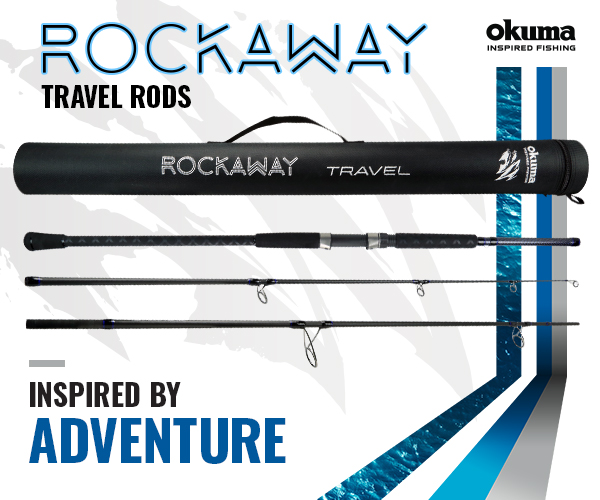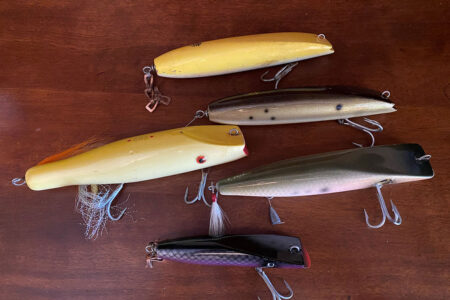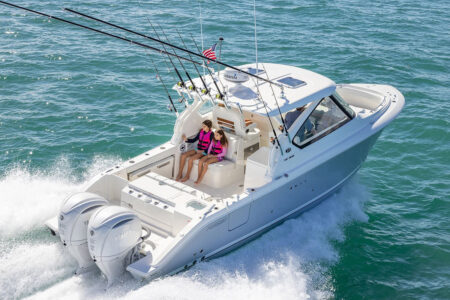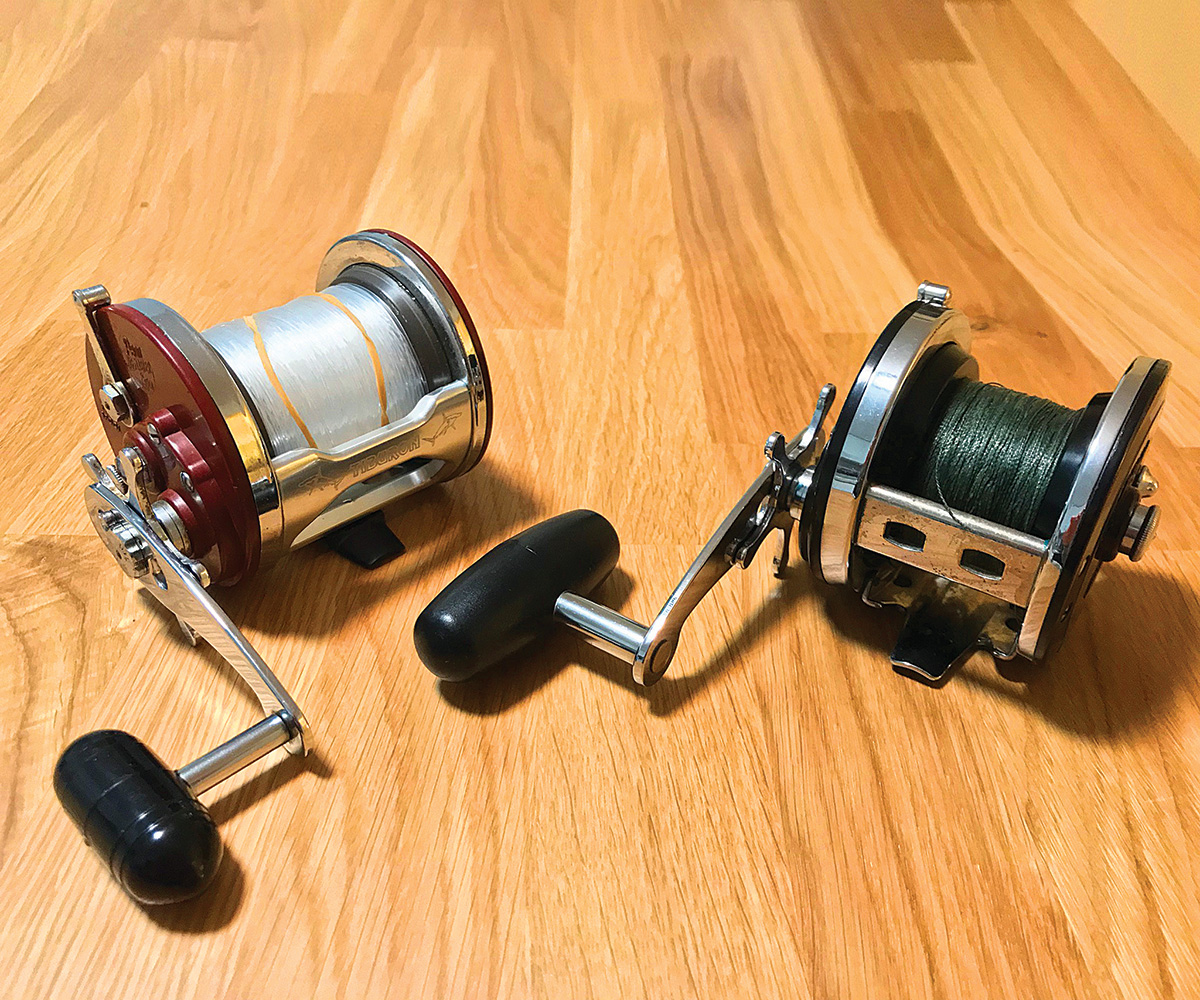
Chances are good that if you’ve been fishing for any significant amount of time, or if fishing runs in your family, you’ve got at least one Penn Jigmaster hanging around the house. You know which one I’m talking about; it lives in the back corner of your basement, covered in cob webs, speckled with green patina, sporting a half spool of 20-year-old mono. If you find yourself doing any amount of boat fishing in the Northeast, you owe it to yourself to dust off that old relic and give it a look through a different lens. With a little maintenance and modification, you can transform this workhorse of yesteryear into a contemporary killer.
Low-maintenance Diehard
One of the Jigmaster platform’s greatest attributes is its reluctance to stop working. There is a very good reason why so many party boats from Maine to Florida still use this reel as rental equipment for their patrons: they simply don’t die. The relatively loose tolerances allow the reel to operate even with considerable salt, grit, and even sand in the reel; while its tough 3/0 drive train has the potential to overcome hundreds of fish before requiring maintenance. Regular applications of grease are simplified due to the reel’s take-down feature in which the right side plate is easily detached with a single thumbscrew.
Right out of the box these reels are ready for substantial use, but some simple modifications can transform the Jigmaster into an absolute tank. When modifying these reels, it is important to take into consideration the line that will be used and the potential amount of drag that will be needed. This will guide your modifications and allow you to maximize performance while not going overboard.
Give It Good Guts
The first two internal components that I look to address are the drag and the gear sleeve. This is especially important if you are picking up a used reel to modify as opposed to one right off of the shelf. Gear sleeves typically wear out when excessive drag is used or when an inexperienced angler is consistently cranking against the drag. When the end of the gear sleeve starts to round-out, your handle will eventually slip around the sleeve, rendering the reel useless. There should be almost no back-and-forth play in your reel’s handle when mounted on the gear sleeve. If there is, simply replace it with a new one. New brass gear sleeves can be obtained for around $5 and are absolutely fine with a stock or nearly-stock drag system.
With Jigmasters, there are actually two versions of stock gear sleeves: coarse and fine thread. One can tell fairly easily which their reel has by looking at the part number of the back of the drag star (10-60 for coarse thread and 10-505 for fine thread). If you plan to fish drag heavier than 15 pounds on a regular basis, an aftermarket stainless gear sleeve is the way to go. These are available from custom parts makers such as Pro Challenger or Alan Tani for around $30 and will never fail.
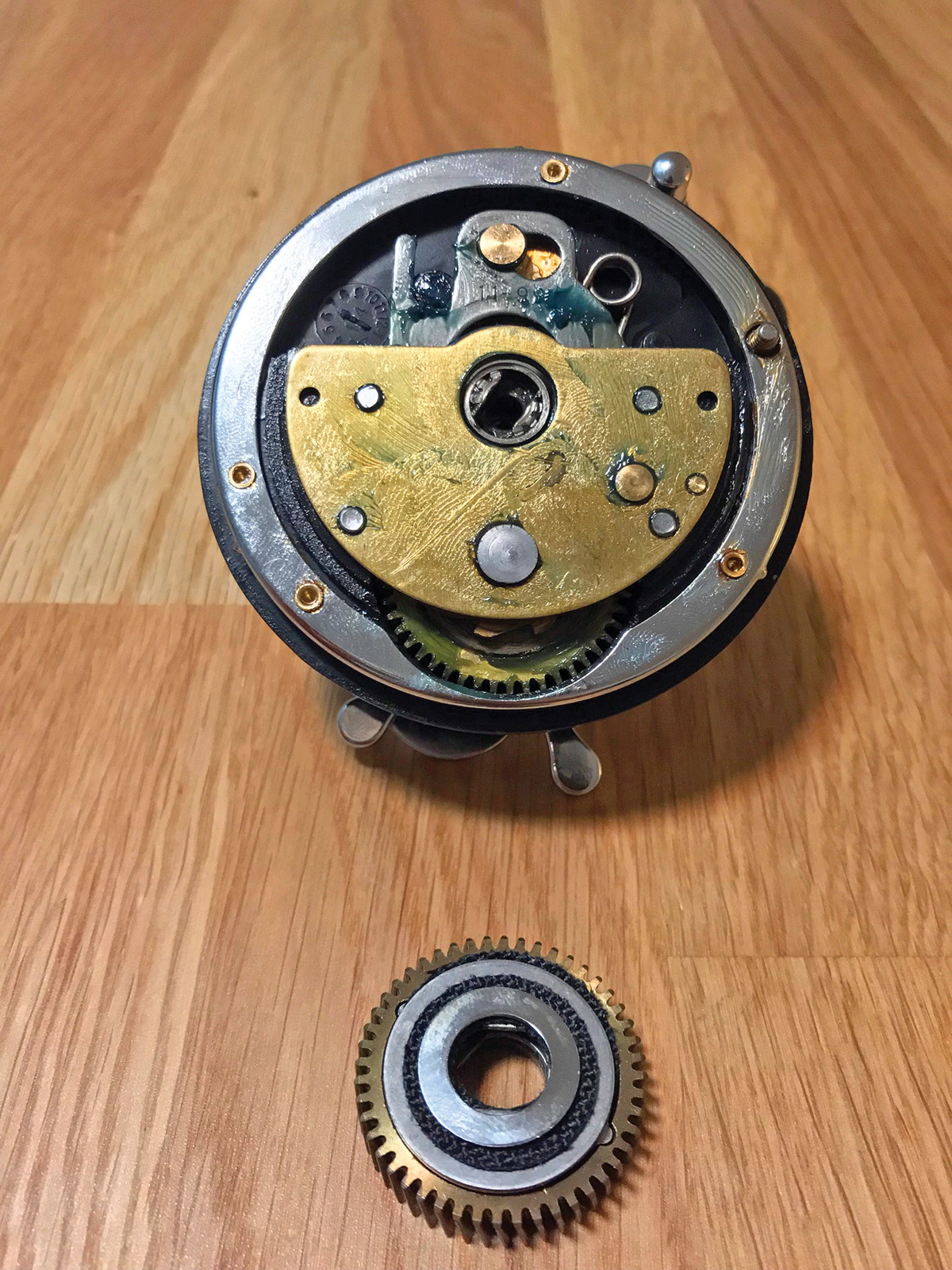
The next item to square away is your drag system. If you’re picking up a used reel, it is always a good idea to disassemble the drag for inspection and replace the fiber washers. The stock HT-100 drag washers (6-309) are excellent, but some prefer the increased drag afforded by Carbontex washers and others. Personally, I feel the HT-100s are great, especially with some little enhancements to the drag stack. One trick that was shown to me by a longtime Sheepshead Bay headboat sharpie is to simply add a Penn Squidder drag washer (6-60) and a Bellville washer (8-60) to the top of the stock HT-100 drag stack. This gives the reel a much broader range of drag settings by eliminating any initial slack in the drag star, in addition to gaining a substantial amount of extra pressure. This modification will cost you approximately $1 and will give your old reel some serious attitude.
If you plan on fishing a Jigmaster VERY hard, you may want to look into a stainless gear set along with a stainless yolk and eccentric jack. The main and pinion gears have the potential to fail when using the reel with a locked aftermarket drag along with braid or heavy monofilament. Be warned, the stainless gears are usually not as smooth as the stock brass gears, but as with the stainless gear sleeve, they will last a lifetime. Personally, the cost of such a gear set doesn’t justify the means for me, as there are many conventional reels in my arsenal that get used on a rotating basis. If this were my only conventional reel, or if I used it on a weekly basis, the stainless gear set would absolutely be worth it.
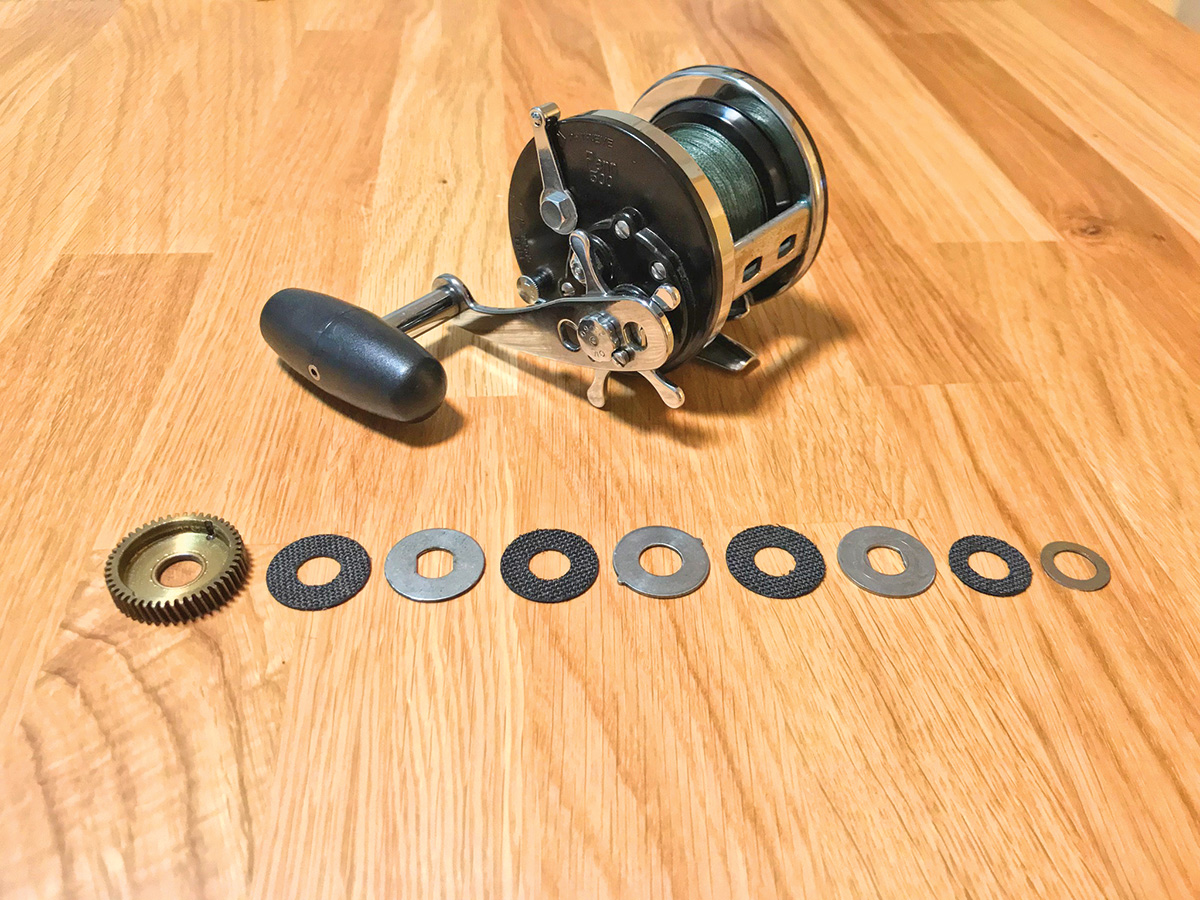
External Modifications
Once you get the reel’s guts squared away, it is time to move onto whatever external modifications will be necessary for your fishing. The first thing that I like to do is ditch the stock counter-balance handle for the longer length of throw afforded by a power handle. There are many handle options on the market, just be sure to choose a handle with the correct size gear sleeve hole.
Another common modification is to upgrade the reel’s frame and reel seat. If you are working with an early reel with frame posts as opposed to frame bars, it is a good idea to swap those out for the more rigid bars. If you have some serious heavy lifting in mind, one-piece aluminum frames such as those from Tiburon can be utilized to add substantial strength to your reel. For those that shop online auction sites, Newell cross bar and reel seat kits can still be obtained for a reasonable price and serve as an alternative means of adding some rigidity over the stock configuration.
As far as spools are concerned, the newer aluminum spools (29L-500) should be used over the plastic or chromed brass spools found on many of the older models. An aluminum spool will stand up to fishing higher drag, and it will not pit or corrode like chromed brass.
While I do love the full-size Jigmaster 500 for jigging heavy applications, my favorite way to setup a Jigmaster is to configure it as the narrower 501 model. The 501 is both long-discontinued and highly-sought after due to its nice compact size. A 500 can easily be “narrowed” to 501 specs by utilizing 501 frame bars (37A-506), a 501 reel seat (30-49), and a factory or aftermarket 501 spool (29L-501). This width still allows for ample line capacity, especially when fishing braid, but if you intend to fish 40- or 50-pound mono, a full-size 500 is still the best way to go.
Practicality
With so many feature-packed reels on the market, it may be hard to look at a 60-year-old piece of technology as a viable fishing tool, but believe me when I tell you the Jigmaster and its modified variants can still hold their own. The low 4:1 gear ratio of the Jigmaster makes it an excellent platform for deep-water bottom fishing and jigging, especially in a world dominated by warp speed conventional reels. The low ratio will save your cranking arm when fighting fish from the depths, just like a lower gear on a bicycle makes it possible to climb steep inclines.
Another application for which I favor this reel is when fishing turbulent areas, such as The Race, for bass and bluefish. Having an inexpensive and tough reel is very favorable when cranking away on big, angry blues while getting constantly jostled around your vessel.
If it gets a few scratches and dings in the process, it is much easier to stomach than marring a $500-piece of fine Japanese engineering.
Perhaps you are primarily a surfcaster or freshwater fisherman that takes only a handful of boat trips every season. If that is the case, a well setup Jigmaster can very easily serve as a durable do-all reel for everything from scup to codfish. While advances in the engineering of fishing reels have yielded some truly magnificent pieces of rod jewelry, one has to appreciate the simplicity and durability of the Penn Jigmaster, and with a few simple modifications, you can have a very capable conventional at a remarkably low cost.
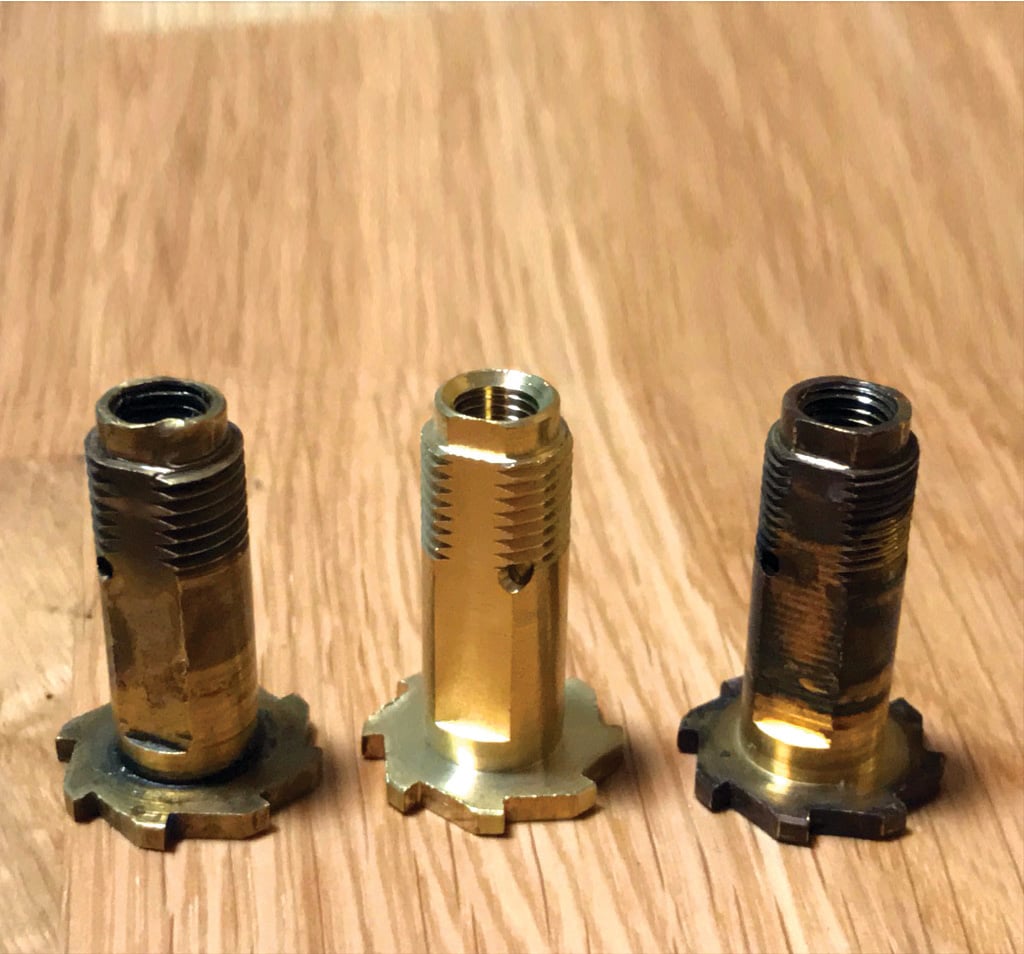
| DO IT YOURSELF – WHERE TO TURN FOR HELP |
|---|
| Since PENN was founded back in 1932, tackle shops have become well-versed in the PENN line and what it takes to keep these products tuned for northeast fishing. February is a perfect time to drop older reels – PENN or otherwise – at your favorite tackle shop for some repair work.
If you’re interested in getting to work yourself on that Jigmaster reel, Scott Albertson in Little Egg Harbor, NJ runs the website PennParts.com that has a comprehensive array of Penn parts including those for the 500, 501, 505 and 506 series Jigmaster reels. Or, if you prefer to have the trained technicians at PENN look over your Jigmaster or other model reel, go to www.pennfishing.com/PENN-repair-department.html. |
